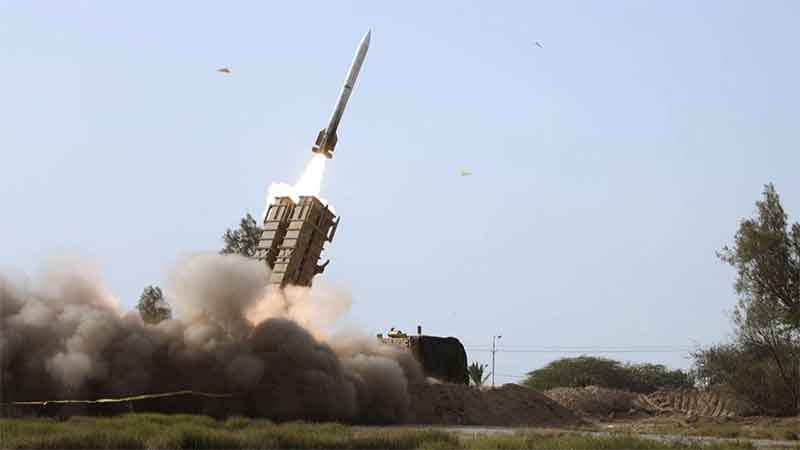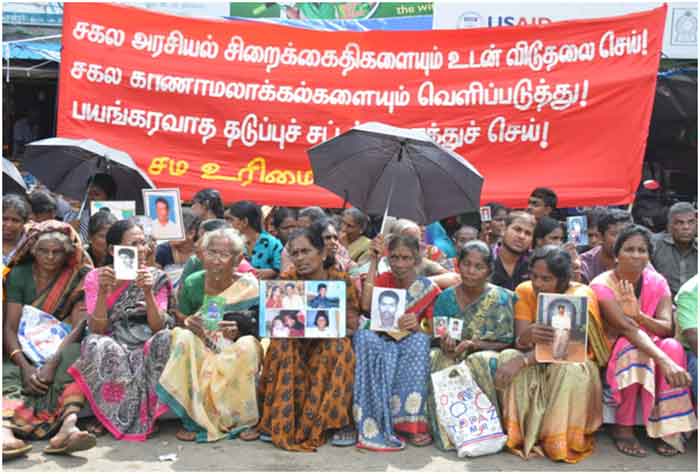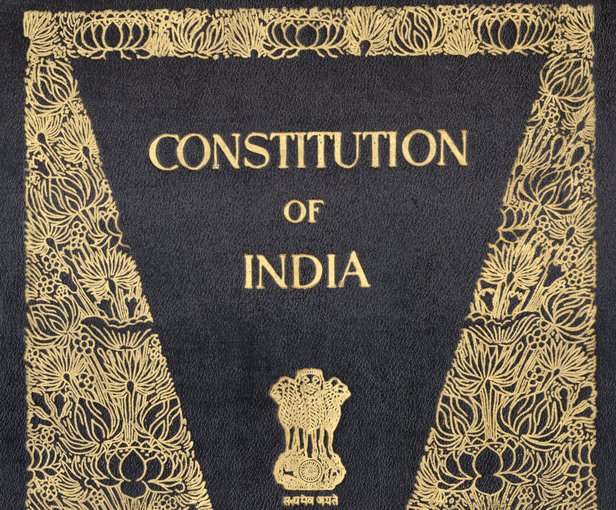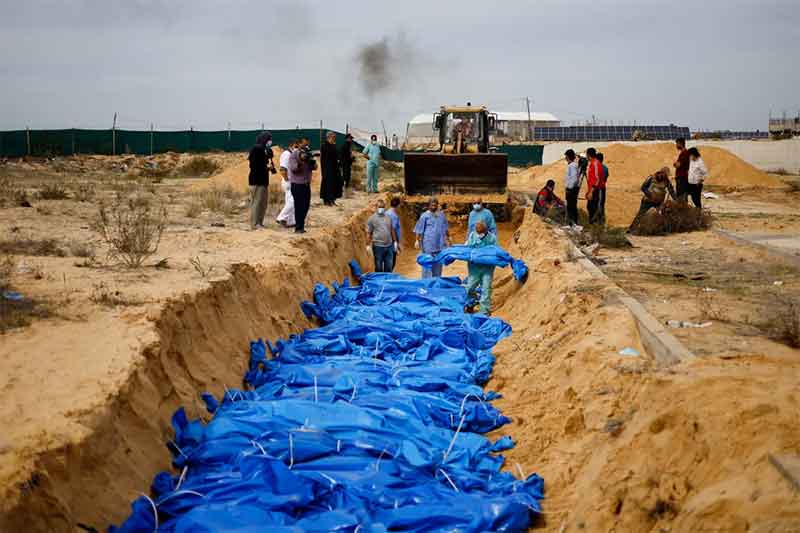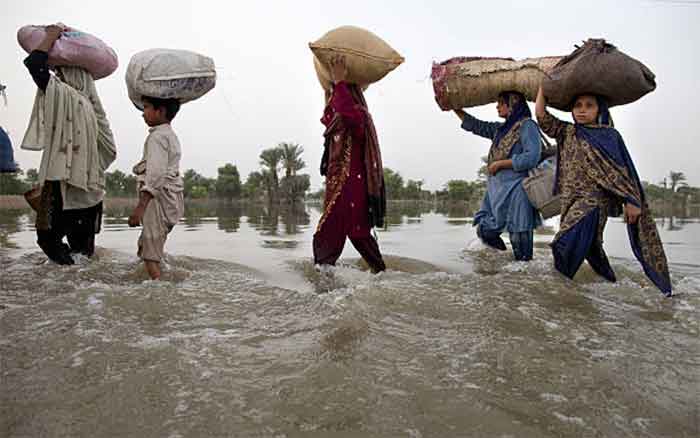
Pakistan faced the horrors of climate change in the form of disastrous floods of 2022. According to the report of the National Disaster Management Authority, the country witnessed over 166mm of rain as opposed to the average 48mm. Around 30 million people became displaced due to the deadly floods. The spell of rain began in June 2022 which led more than a third of the country underwater. Currently, 6.4 million people are in need of humanitarian aid and more than 660,000 people are still living in camps. Due to poor governance, 8 million Pakistani women are suffering from the rise in period poverty. The Flood-affected people are facing the lack of medical facilities, toilets, menstrual products, food, clothes, and safe shelters. In fact, flood-relief organizations have overlooked the need to take measures towards the distribution of menstrual products among the flood-affected women.
In contemporary times, Pakistan is one of the most climate-vulnerable states. The country has already faced record-breaking extreme temperatures, drought, glacial melt, and floods. Every Government of Pakistan has neglected the need to take the serious measures against the Climate Change and hence years of poor ecological governance increased more challenges and casualties during the floods. Poor drainage systems and unregulated construction are one of the two main reasons behind the massive destruction of homes. Lack of proactive measures like disaster management policies, security mechanism, public safety policies, proper healthcare system, flood management, and planned infrastructure result in the rise of cost of millions of lives and disaster on socio-economic level also.
Pakistan is home to over 7,200 glaciers but due to global warming, it has been predicted by the Climate Scientists that glacial melting is one of the leading challenges for the country which may cause more deadly floods in the future. According to Dr Tedros Adhanom Ghebreyesus, Director of World Health Organization (WHO), Pakistan is facing the major challenges of poorly managed healthcare infrastructure, lack of health workers and medical supplies, food, and rapid aid response. On top of that diseases like cholera, malaria, typhoid, measles, and poli are now spreading in the flood-affected areas.
Pakistan’s Government’s lack of commitment towards the betterment of citizens has already caused millions of lives of unbearable misery in the form of hunger, food insecurity, malnutrition among children, and casualties. The country doesn’t have the enough resources to monitor or plan contemporary disasters. Poor governance has cost Pakistan the damage of $30 billion with an already shrinking economy. Sindh which is Pakistan’s second largest province and also the poorest has now around 10 million flood-affected people. The province of Balochistan has around 9 million affected people out of its total 12 million population. Some of the major factors behind the poor governance in Pakistan include unmaintained canals, poor water management system, and inadequate infrastructure. The province of Sindh has been under the rule of Pakistan People’s Party (PPP) for over four decades and has never paid attention to the problems and major challenges of the province. The PPP Officials have contributed towards major corruption and have been involved in the serious negligence and poor governance regarding the efforts to tackle climate change. Despite the fact that Pakistan received massive support from other countries and International Organizations in the form of aid and Flood-relief supplies. For example, The Red Cross Society of China under CPEC offered $300,000 including 50,000 blankets and 25,000 tents. The United States provided $100,000 whereas the United Kingdom offered 1.5 million Euros. The United Nations has allocated $3 million for the flood victims. Unfortunately, Pakistan’s Government failed to provide fair distribution of aid among the flood-victims who are still helpless and starved. The reports of massive corruption have been reported from Sindh Province where food items and other flood-relief ads have been stolen and did not reach the victims. The State Department Spokesperson Ned Price urged Pakistan to tackle the corruption cases more seriously and to work with an effective and rapid mechanism to monitor the fair use of the aid among the flood-affected people.
Pakistan is one of the states which pollutes its own rivers and offers contaminated drinking water to its citizens. Half of the country’s rivers contain carcinogens and dangerous chemicals which harm the major food crops. The Government has failed to restrict or eradicate the use of poisonous agriculture sprays, the wet waste from the Textile factories, and use of harmful pesticides in farms.
The World Bank Group’s Country Climate and Development Report (CCDR) for Pakistan has highlighted that the country needs an investment, mechanism, and climate-centric policies to overcome the challenges of Climate Change. Pakistan is already facing the worst humanitarian crisis due to the disastrous flooding. The CCDR has estimated that due to the air pollution, drought, and extreme temperatures, 18% to 20% of Pakistan’s GDP will be reduced by 2050.
Despite the fact that Pakistan emits less than 1% of carbon emission but is still one of the most affected states due to Climate Change. Hence poor governance has equally contributed to the contemporary crisis of Pakistan, a country which needs practical solutions to move towards the path of relief and betterment for its citizens.
Anam Zahra is a Presidential Fellow for the International Foundation for Sustainable Peace and Development (IFSPD). Her research areas are foreign policy, women’s rights, international security, climate change, and far-right politics. She holds a Master’s Degree in International Relations from University of Karachi, Pakistan.









